While auto/marine batteries were used during testing, the project is suitable for Photovoltaic deep cycle . The s'ware controller makes the system GEL battery ready. In fact, the oldest battery I regenerated was a sealed Caterpillar 100AH Photovoltaic 12V unit that sat in a tropical warehouse for 10 Years which I got at under 3V at rest. The outcome was a 50Ah fully serviceable battery within a day or two. That battery was worth $450 USD at retail when new.
SLA, VRLA, AGM, Flooded, et al, are fine.
The 250W Pulse engine is composed of a bank of avalanche ruggedized N-Channel FETs driven by a MCP1407 driver and an opto isolated interface. It employs a bank of about 6600uF worth of LOW ESR capacitance to deliver the pulses. It requires a 36V (8A) supply and a substantial 6" x 3" x 3/8" alum. heat sink and a 120mm ball bearing cooling fan. There is a custom 12V snubber which is reverse voltage tolerant (reverse battery connection) that dissipates up to 25W of backemf energy and illuminates a lamp whose brightness indicates the amount of energy being delivered.
The pulse engine can drive up to 24V batteries (you'll need to add another 'series' T-20 lamp in the snubber for that). It provides for quad cabling per battery terminal for reduced inductance and resistance. Pure OFC copper cabling is recommended, not (CCA) copper clad Alum. Dual core 12AWG audio grade cable, http://skyhighcaraudio.com/ , is suggested as it provides both flexibility and power capability with minor heating. 200A RMS clamps (100A minimum) are suggested as they have enough bite to penetrate battery post oxide.
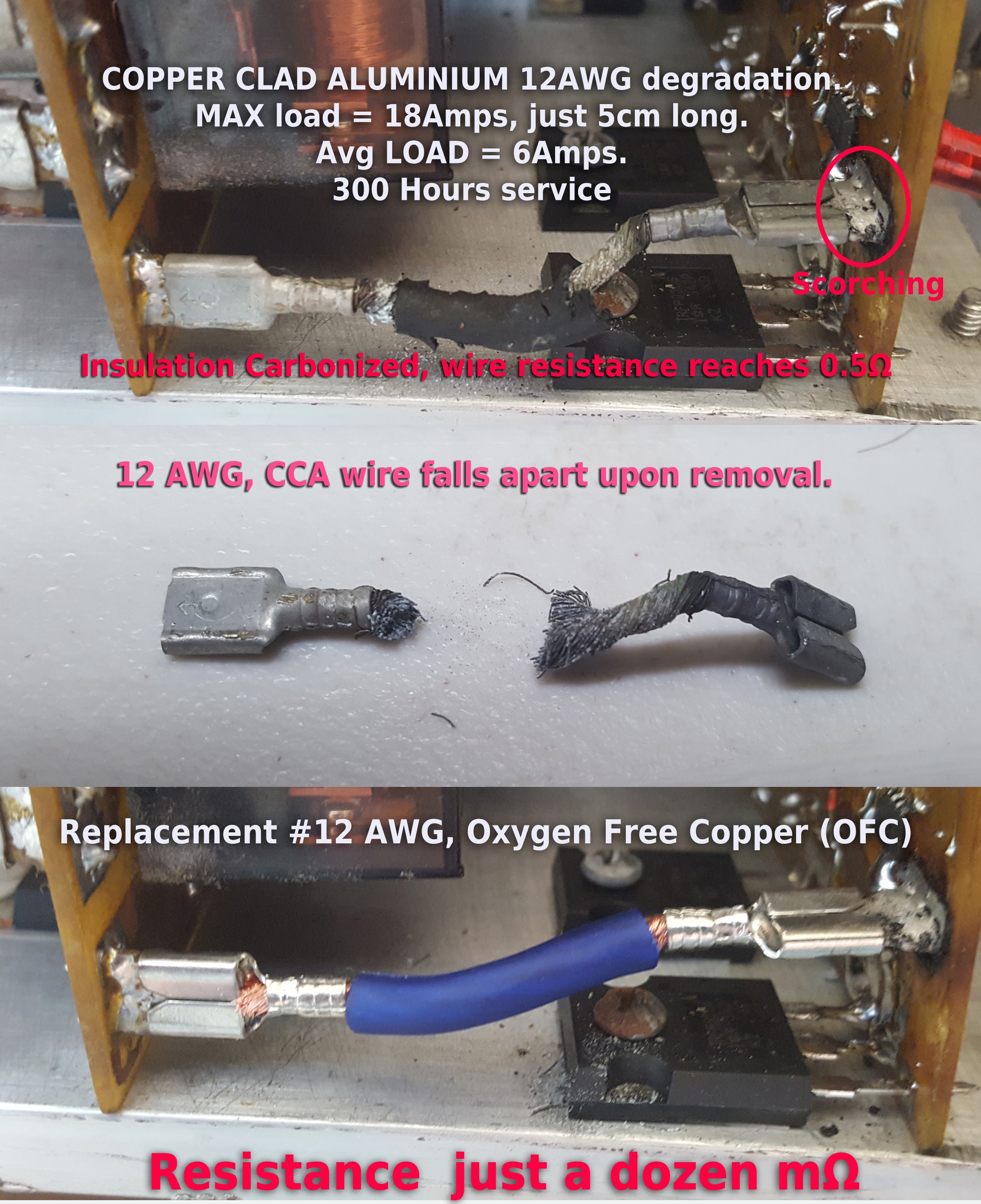
I will look at offering the PCB or even a PCB and component kit for those who are interested in a simpler or quicker build with out the hassle of sourcing parts. This is probably more useful to those outside North America. However, part substitution is encouraged from a DIY perspective.
BTW, the techniques used to manufacture this homebrew PCB are detailed in my other hackaday projects about PCB making
TESLA 12V battery reference: https://syonyk.blogspot.com/2016/10/tesla-model-s-12v-battery-analysis.html?m=1
 mosaicmerc
mosaicmerc


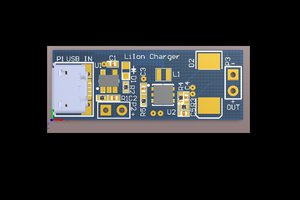
 FrazzledBadger
FrazzledBadger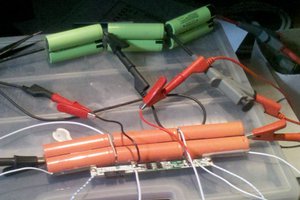
 ClimbinElectronics
ClimbinElectronics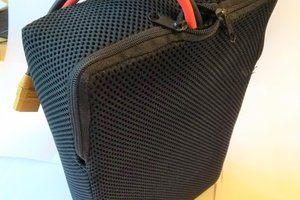
 Rory
Rory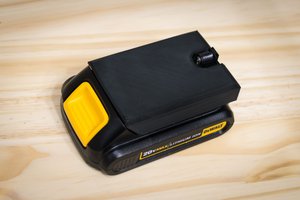
 Vitor de Miranda Henrique
Vitor de Miranda Henrique
Regenerated my first TESLA, lead acid battery, from a Model 3. Most EVs and hybrids still have them and they regenerate well being deep cycle.
https://teslatap.com/articles/12-volt-battery-compendium/#charging_12v